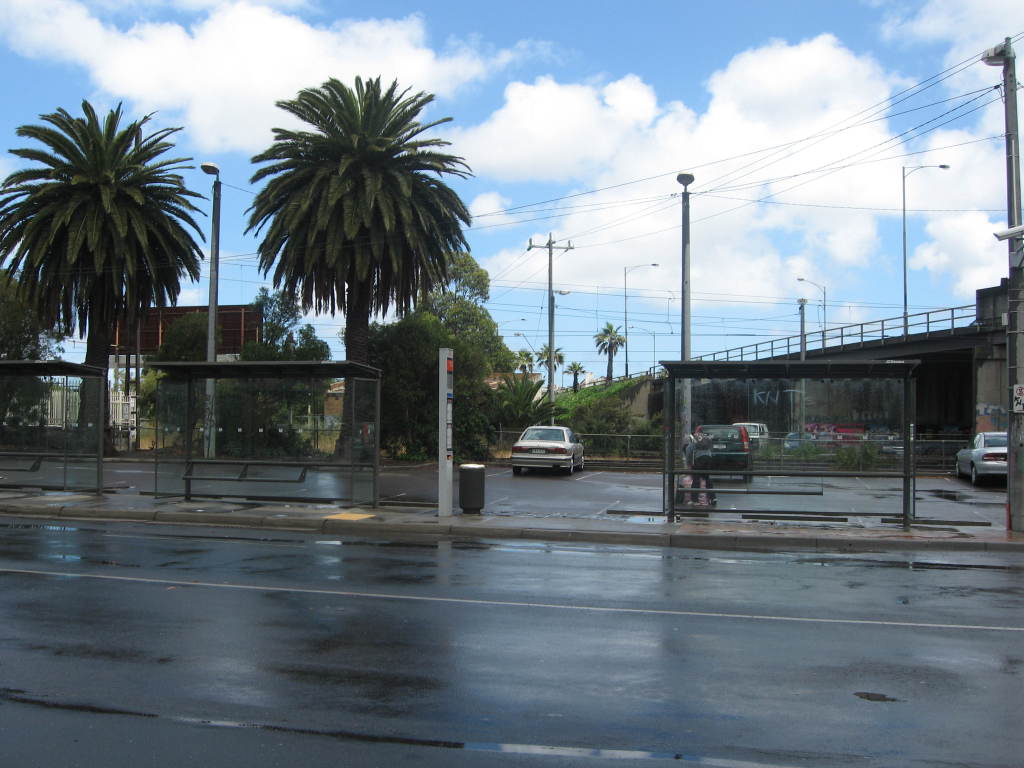POLICING PUBLIC TRANSPORTATION: AN ENVIRONMENTAL AND PROCEDURAL EVALUATION OF BUS STOPS
Kooi, Brandon R. (LFB Scholarly Publishing, 2007, series: “Criminal Justice: Recent Scholarship”, ISBN 9781593321468)
One day, some transport minister may decide to give up his car for a year so he can experience the reality of relying on public transport. Unless he and all his mistresses live on a train line, he will sit in a lot of bus stops. Some of these, like the ones in Clayton, will follow the old-fashioned, comfortable design of an ass-width plank with either a straight backrest or one arched to match the human spine. Some others, like the unenclosed seats in Mt. Waverley, leave out the backrest, which does no harm. But if the minister rides out to Oakleigh, his backside will discover special pain benches that replace the backrest with a thick horizontal pole at scapula height.
The benches themselves arch downwards to stop you from trying to perch at the front edge away from the pole. They measure twenty-eight centimetres deep, but the pole overhangs them by twelve centimetres.
The terrifying implication seems plain: the designers did not intend them for human use. At the Oakleigh bus depot, they’ve already begun to pave the way for the alien occupation.
But look closer. The conspirators have tipped their hand. They’ve clued us in to what the occupiers will look like. They have notched backs, with a twelve centimetre indentation near the shoulder blades. And concave asses that curve towards the ground.
A few years ago, I telephoned the Monash City Council to alert them to the alien menace. I talked to an infrastructure engineer named Derrick. Derrick seemed sceptical of my conspiracy theory. Instead, he said the council chose the new benches for Oakleigh because of their “modernistic” style, because a well-known multinational company (called JCDecaux) manufacture them, because they “provide a lot of visibility” and because their design discourages people from wanting to stay on them for long periods. They made them inhospitable on purpose. With pride, Derrick explained that the seats slope down so that hobos won’t sleep on them and addicts “can’t stash drugs in them”, while the back pole stops people from wanting to sit on them for longer than they have to.
Could I have misunderstood him? When did the purpose of a bus stop become to attack the commuter?


